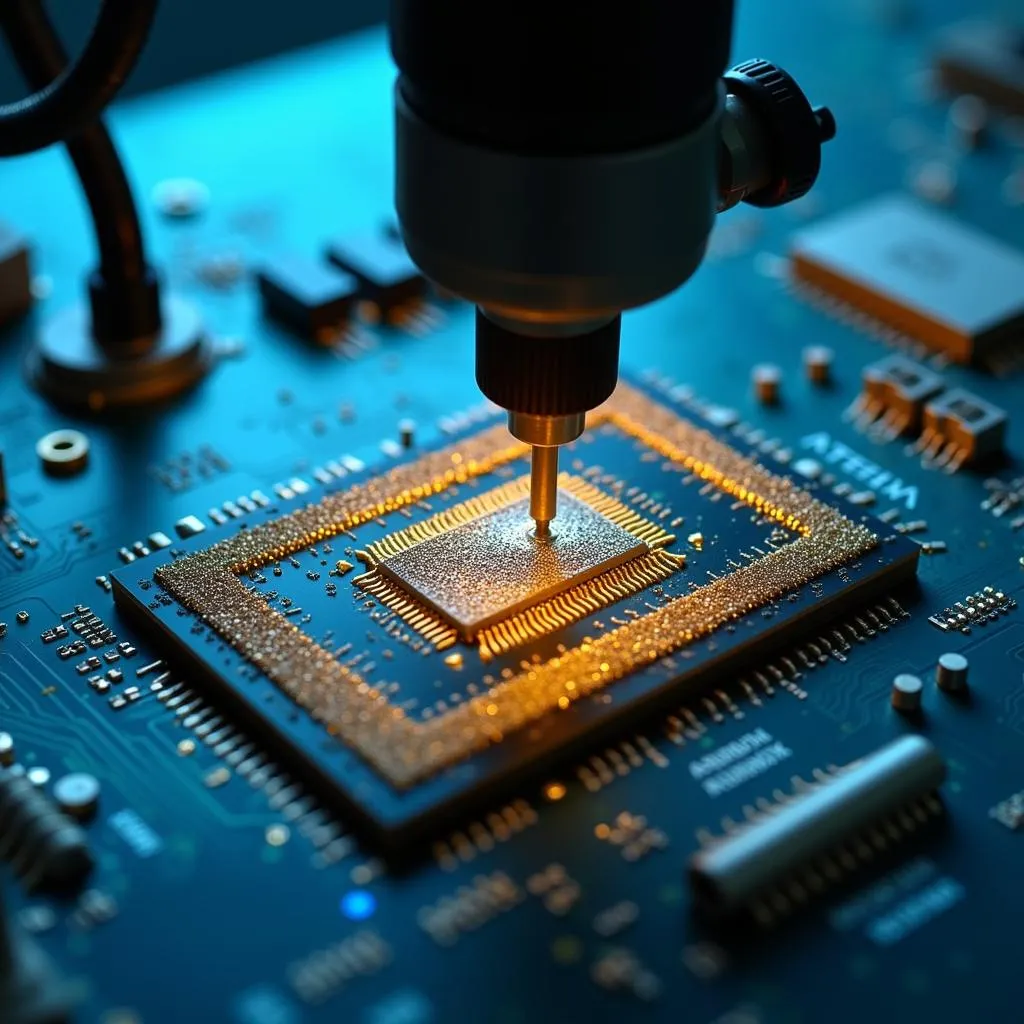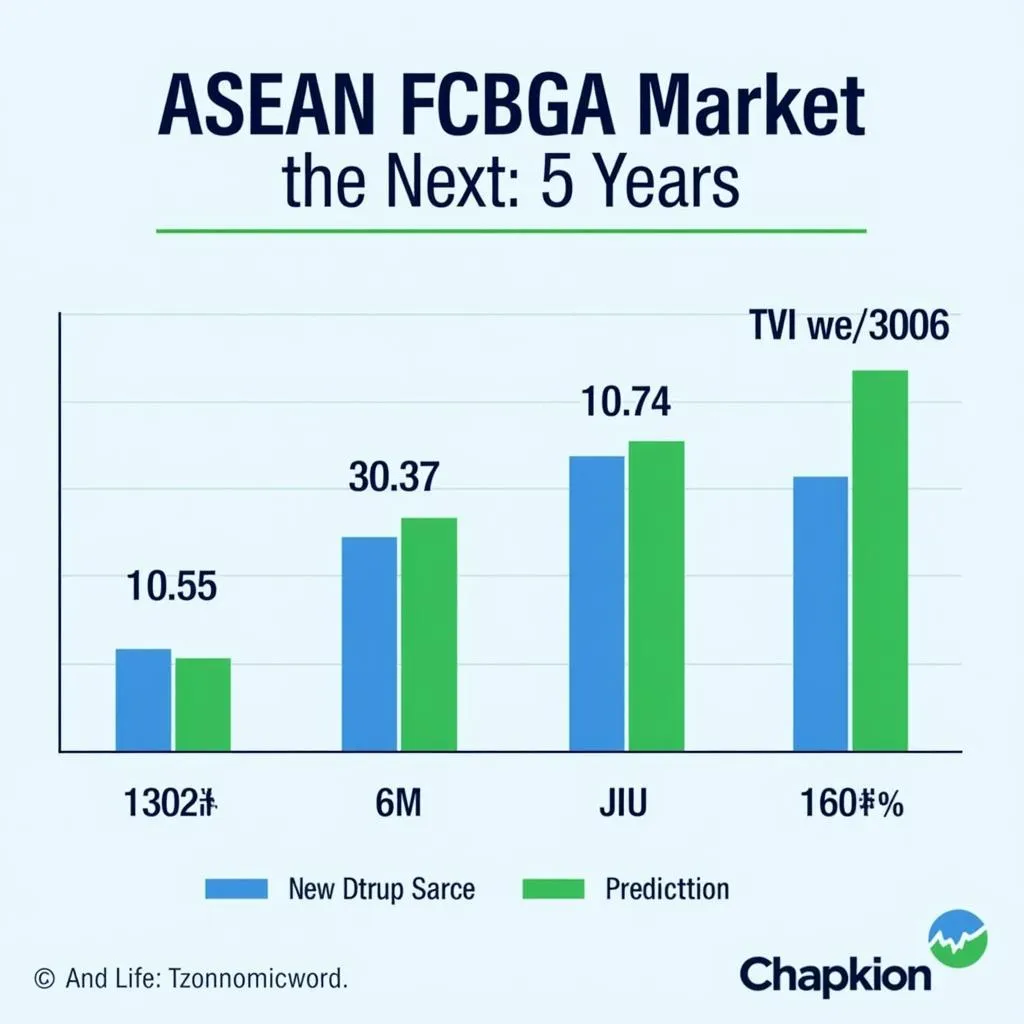The ASEAN region is rapidly becoming a global hub for semiconductor manufacturing, with FCBGA (Flip Chip Ball Grid Array) emerging as a key technology driving this growth. This article delves into the intricacies of ASEAN FCBGA, exploring its impact on various sectors and its potential to shape the future of the semiconductor industry in Southeast Asia.
Asean FCBGA: An Overview
FCBGA is a highly advanced packaging technology used in high-performance integrated circuits (ICs), offering superior electrical and thermal performance compared to traditional packaging methods. This technology involves flipping the silicon chip and connecting it directly to the substrate using tiny solder balls arranged in a grid pattern. This direct connection reduces signal path length and improves electrical performance, making FCBGA ideal for applications requiring high speed and processing power, such as:
- Data centers
- Artificial intelligence (AI)
- 5G communications
- Automotive electronics
 ASEAN FCBGA Chip Manufacturing
ASEAN FCBGA Chip Manufacturing
Why ASEAN for FCBGA?
Several factors contribute to ASEAN’s emergence as a key player in the FCBGA landscape:
- Strategic Location: ASEAN’s proximity to major semiconductor markets like China, Japan, and South Korea makes it an ideal location for manufacturing and distribution.
- Competitive Labor Costs: Compared to developed economies, ASEAN countries offer a cost-effective labor force, making them attractive for labor-intensive semiconductor manufacturing processes.
- Government Support: Many ASEAN governments actively encourage foreign investment in the electronics and semiconductor industries through various incentives and policies.
- Growing Domestic Market: The rising middle class and increasing adoption of technology in ASEAN countries are driving the demand for consumer electronics, further fueling the growth of the semiconductor industry within the region.
Challenges and Opportunities
Despite its potential, the ASEAN FCBGA sector faces certain challenges:
- Skilled Labor Shortage: While ASEAN boasts a large workforce, there is a shortage of skilled engineers and technicians with expertise in advanced semiconductor packaging technologies like FCBGA.
- Supply Chain Disruptions: Recent global events have highlighted the vulnerability of global supply chains, posing a challenge to the continuity of semiconductor manufacturing in the region.
- Technological Catch-Up: While ASEAN countries are making strides in semiconductor technology, there’s still a need to bridge the technological gap with more developed nations.
However, these challenges also present significant opportunities:
- Investment in Education and Training: Investing in education and training programs can help develop a skilled workforce capable of meeting the demands of the growing FCBGA industry.
- Regional Collaboration: Strengthening regional collaboration and integration can enhance supply chain resilience and promote knowledge sharing in the semiconductor sector.
- Focus on R&D: Investing in research and development can accelerate technological advancements and position ASEAN as a leader in FCBGA technology.
 Projected Growth of the ASEAN FCBGA Market
Projected Growth of the ASEAN FCBGA Market
Conclusion
ASEAN FCBGA represents a significant opportunity for the region to establish itself as a global leader in the semiconductor industry. By addressing the challenges and capitalizing on the opportunities, ASEAN countries can leverage their strengths to drive innovation, create jobs, and contribute to the global technology landscape. As the demand for high-performance computing continues to soar, ASEAN’s role in FCBGA manufacturing is poised to become increasingly vital, shaping the future of electronics and technology worldwide.
